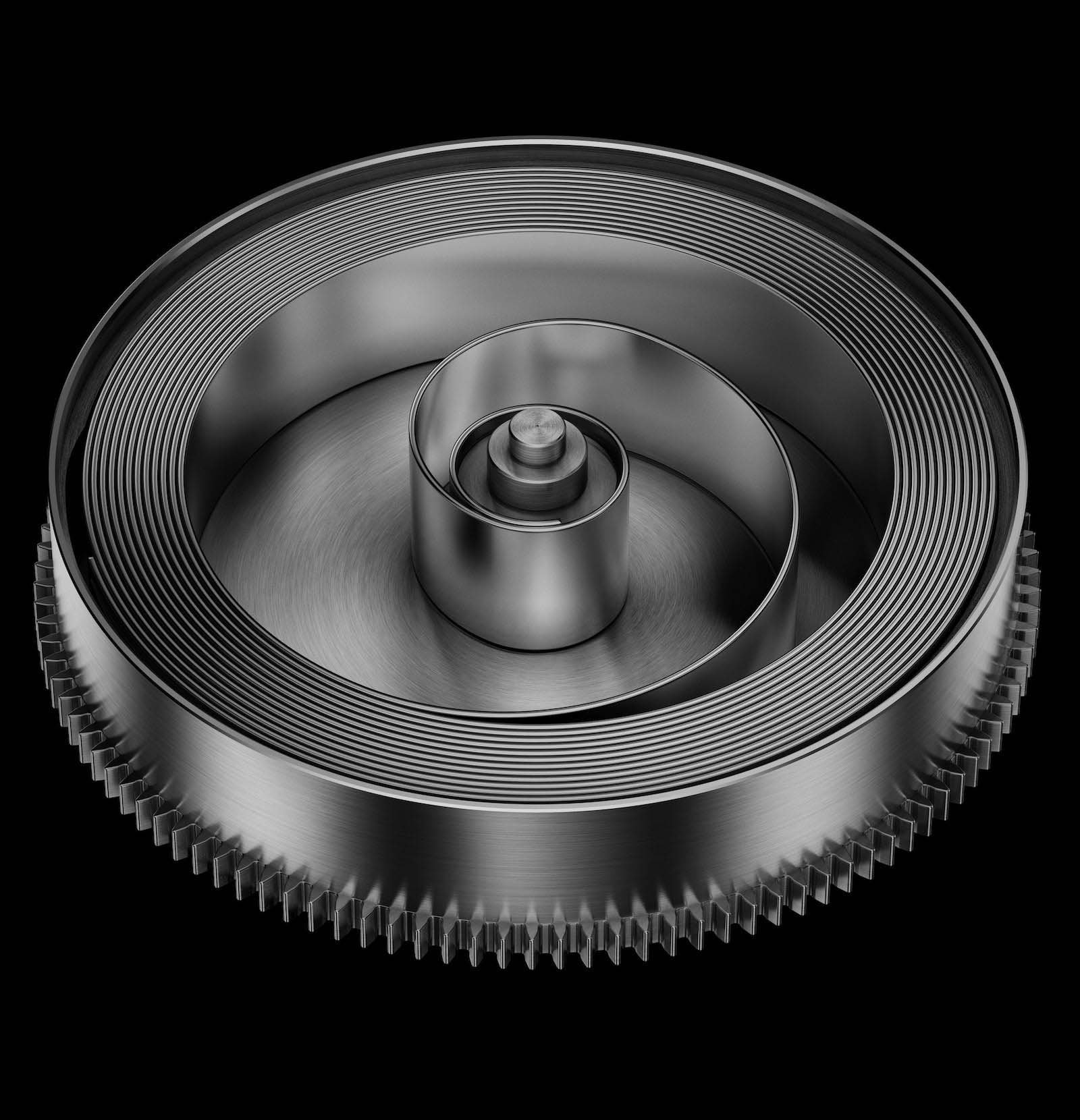Table of Contents
Have you ever noticed that most watches in shop windows or in advertisements often display thehour To 10:10 a.m. ? This intriguing phenomenon has an interesting history stretching back decades. Right away we will explore the reasons behind this specific time and how it became a standard in the watch industry.
Why exactly 10:10 a.m.?

The display of the watches at 10:10 is the result of a combination of aesthetic and practical factors. First of all, when the needles are placed at 10:10, they create a smiley face on the watch face, which makes the watch more attractive to potential buyers.
Then, this position also allows the hands not to hide essential information such as the brand and the logo of the watch, as well as any other complications (such as the date or the counters).
A watchmaking tradition
This practice has existed for a long time in the watch industry. Indeed, it would seem that the display at 10:10 appeared for the first time in the 1920s and 1930s, at a time when watches were still a luxury item reserved for an elite. The watchmakers then wanted to present their creations in their best light, and the display at 10:10 made them more attractive.
The role of photographers
Over time, photographers have also adopted this specific time for their watch shots. Indeed, taking photos with the hands displaying 10:10 helps to highlight the watch face, which is essential to capture all the details and make potential customers want to buy the product.
Thus, the display at 10:10 is not only an aesthetic choice, but also an effective photographic technique.
The perfect symmetry
By positioning the hands at 10:10, perfect symmetry is obtained between the two ends of the watch. This visual harmony gives an impression of quality and precision, important qualities in the watch industry.
In addition, this arrangement highlights the crown and any pushers of the watch, which are often important design elements.
The influence of watch manufacturers
Watch manufacturers quickly understood the value of this display to attract customers. Thus, they began to produce presentation watches whose hands were stuck at 10:10. These watches were not intended for sale, but only used as display items in shop windows and advertisements.
An industry standard
Today, the display at 10:10 has become a real standard in the watch industry. Just take a look at watch catalogs, jewelry store windows or advertisements to see that the majority of the models presented proudly display this specific time.
Some notable exceptions
Even if the display at 10:10 is widespread, some brands have chosen to stand out by adopting other times for their presentation watches. For example, some brands opt for 8:20, which also creates perfect symmetry on the watch face, while others prefer to display 1:50, to keep the hands at the top of the dial.
A primarily artistic choice
It is important to emphasize that these choices are above all artistic and do not call into question the quality or functionality of the watches. Ultimately, the time displayed on presentation watches is a matter of taste and style, and each brand has its own take on what’s most appealing to their customers.
The display at 10:10 on the presentation watches is therefore the result of a skilful blend of aesthetics, practicality and history. This specific time allows the watches to be showcased, while paying homage to a watchmaking tradition that has endured for almost a century.
The next time you’re walking past a watch window or leafing through a catalog, don’t hesitate to take a look at the hands to see if they’re displaying the iconic 10:10 a.m. time.






